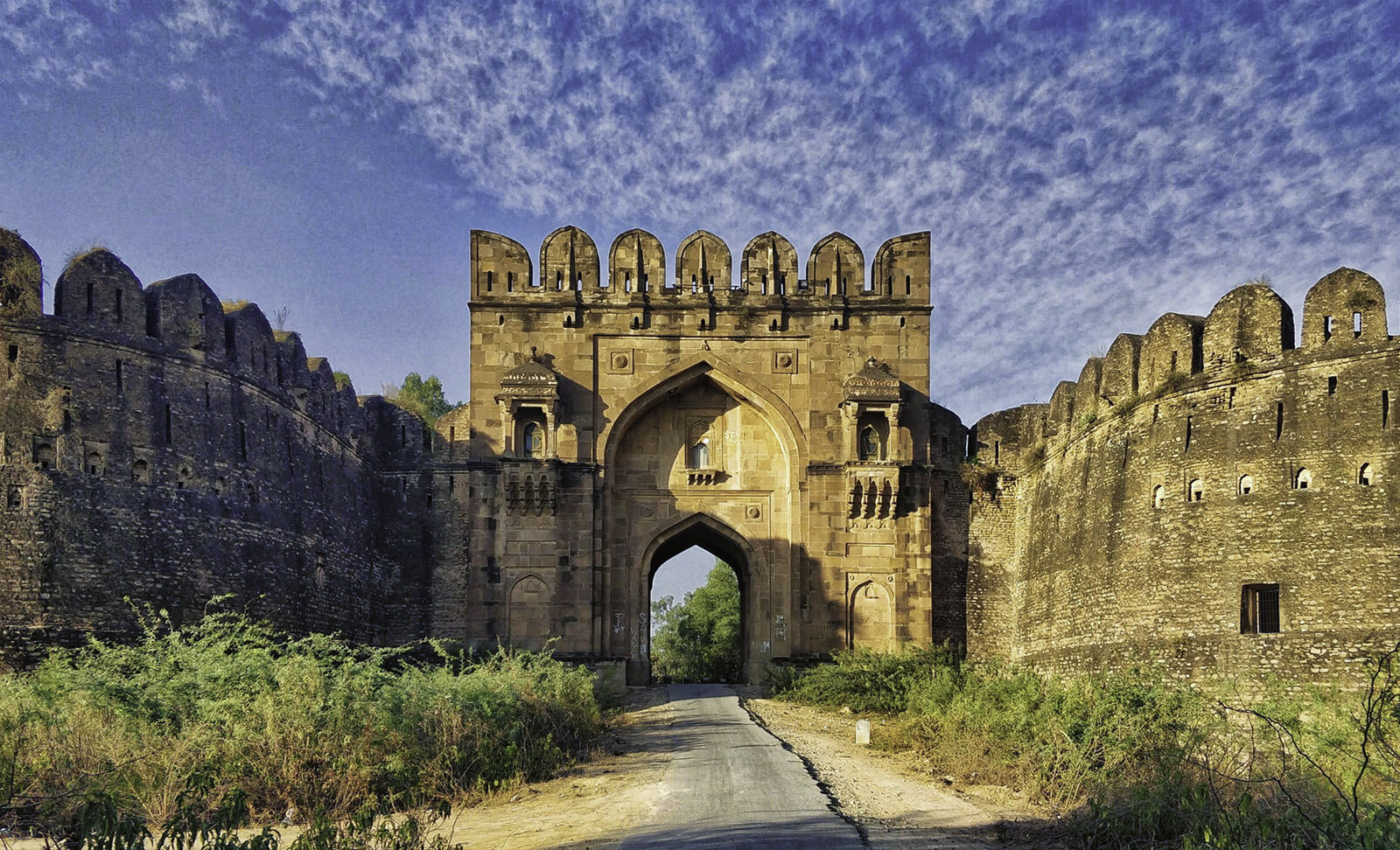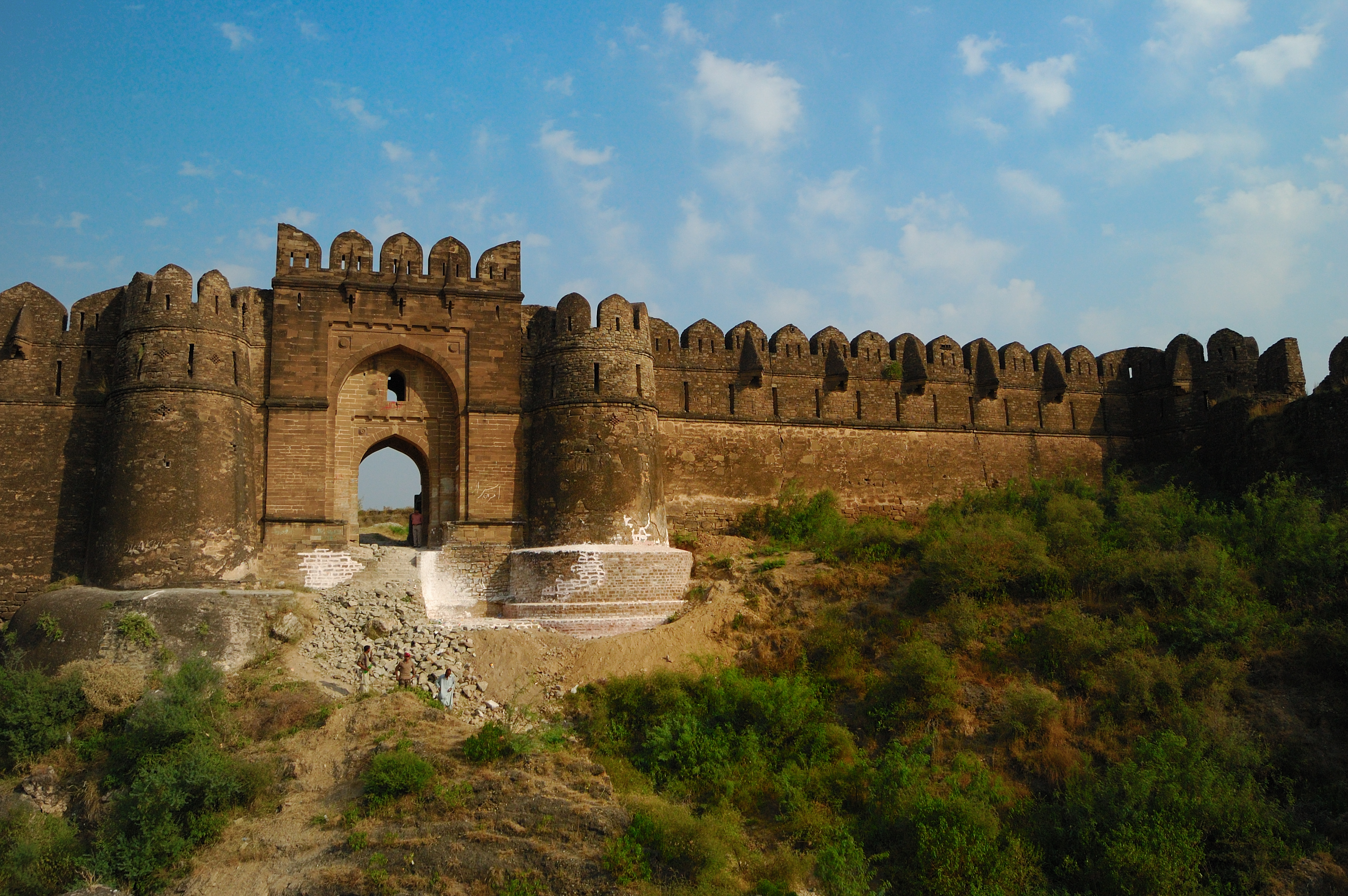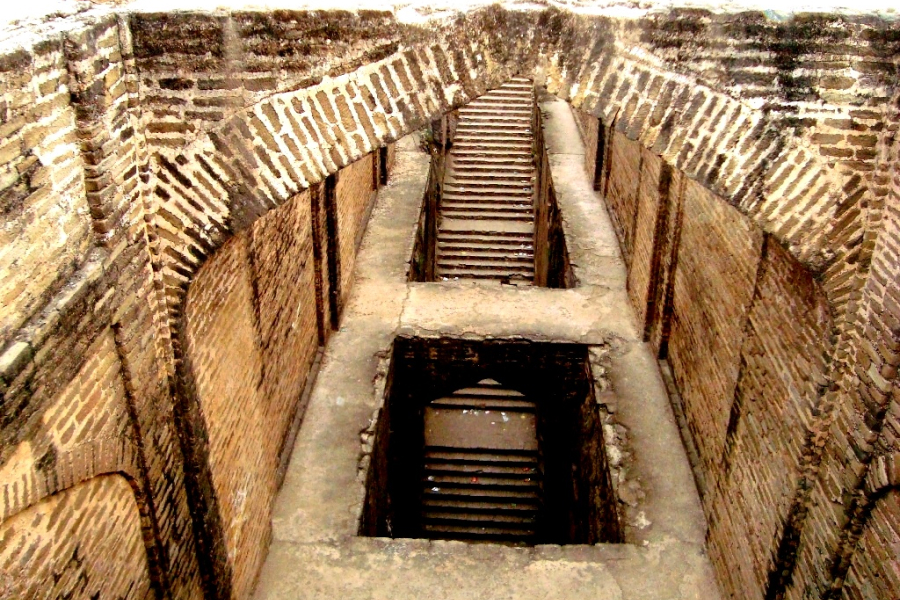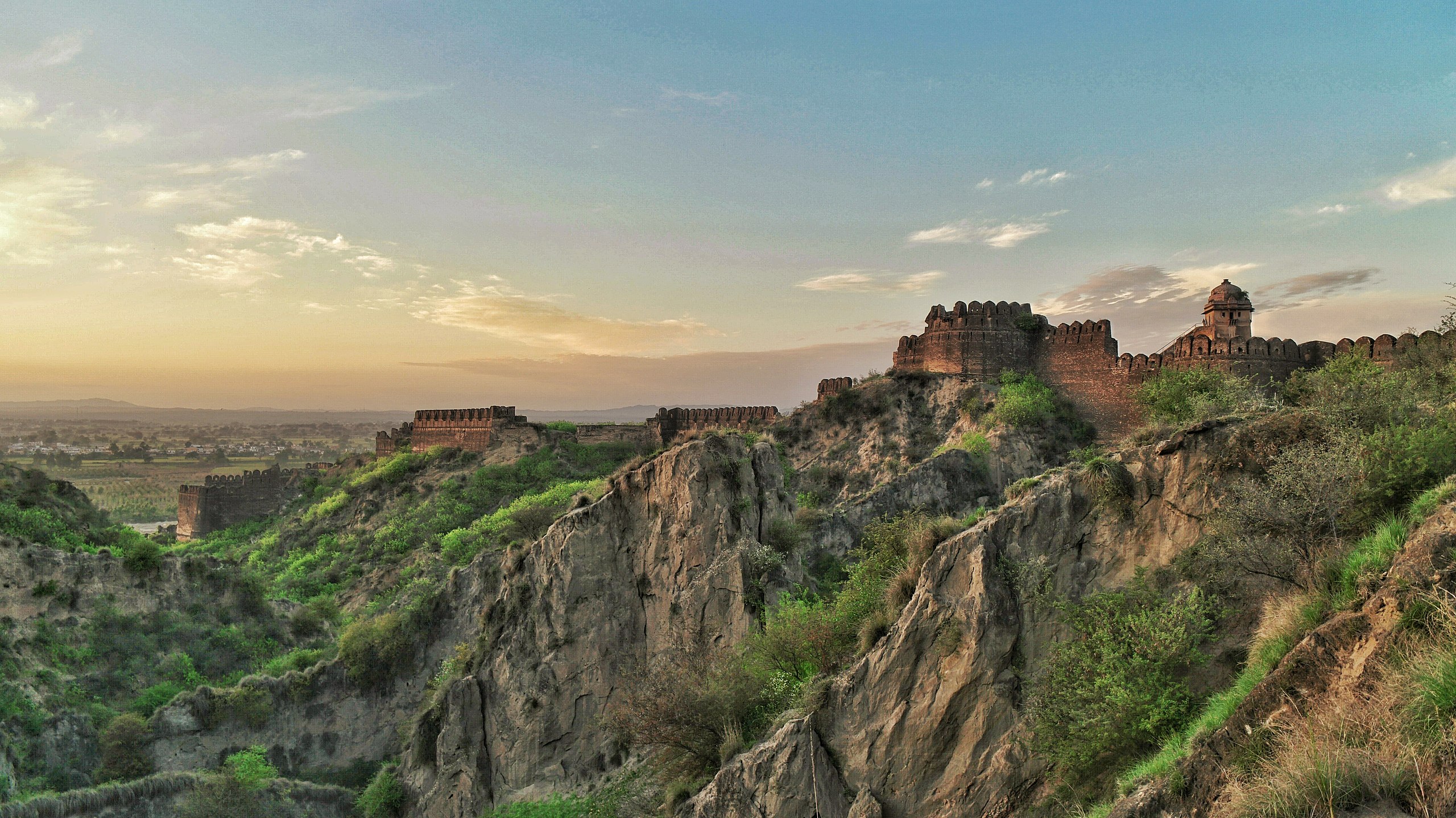Rohtas Fort

Introduction
Rohtas Fort is a massive historical fort located near Jhelum in Punjab, Pakistan. Built in the 16th century by Sher Shah Suri, the fort was intended to prevent the return of the Mughal emperor Humayun after his exile. It is one of the finest examples of early Muslim military architecture in South Asia.
Historical Background
Commissioned by Sher Shah Suri after defeating the Mughal emperor Humayun, Rohtas Fort was strategically designed to suppress local tribes and strengthen his rule. Its construction began in 1541 and took approximately 8 years to complete.
Architecture and Features
- Design: The fort combines elements of Afghan and Persian architecture, built primarily from stone masonry with grand arched gates and bastions.
- Walls: The fort's massive walls stretch over 4 km and feature 68 bastions and 12 gates.
- Notable Gates: Sohail Gate and Shahi Gate are among the most prominent, showcasing intricate stone carving.
Cultural Significance
Rohtas Fort is a UNESCO World Heritage Site and a symbol of military strength and historical transition in South Asia. It reflects the architectural prowess of Sher Shah’s era and attracts historians, tourists, and students of architecture.
Preservation Efforts
Preservation initiatives by UNESCO and the Government of Pakistan have been undertaken to maintain the fort’s condition and promote tourism while respecting its historical integrity.
Quick Facts
- Built: 1541–1548 CE
- Location: Near Jhelum, Punjab, Pakistan
- Commissioned by: Sher Shah Suri
- Known for: Military architecture and strategic design
- Architectural style: Afghan-Persian
Image Gallery




Rohtas Fort
Location: Near Jhelum, Punjab, Pakistan
Built by Sher Shah Suri in the 16th century, Rohtas Fort is a UNESCO World Heritage Site known for its massive military architecture.
Learn more